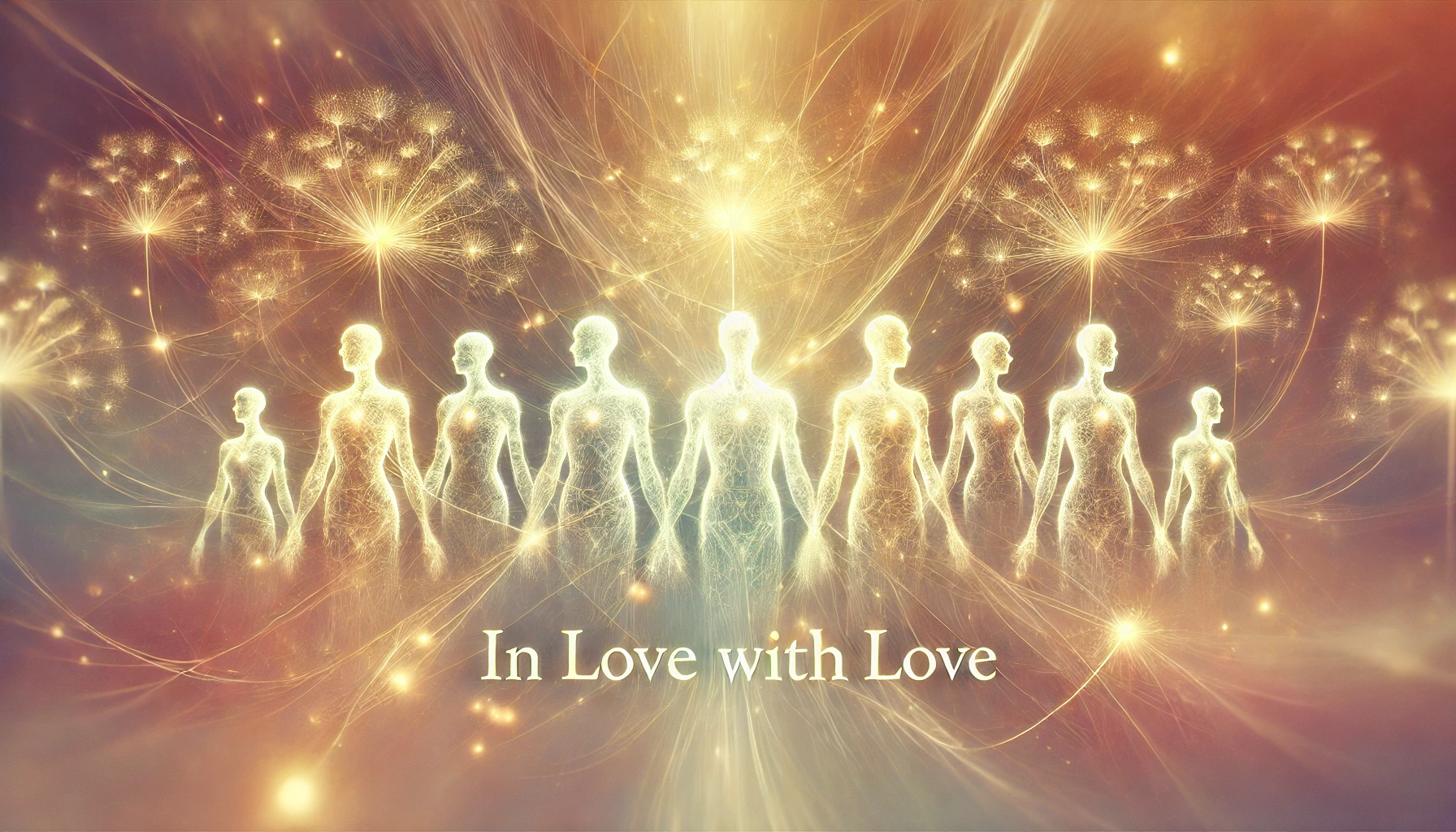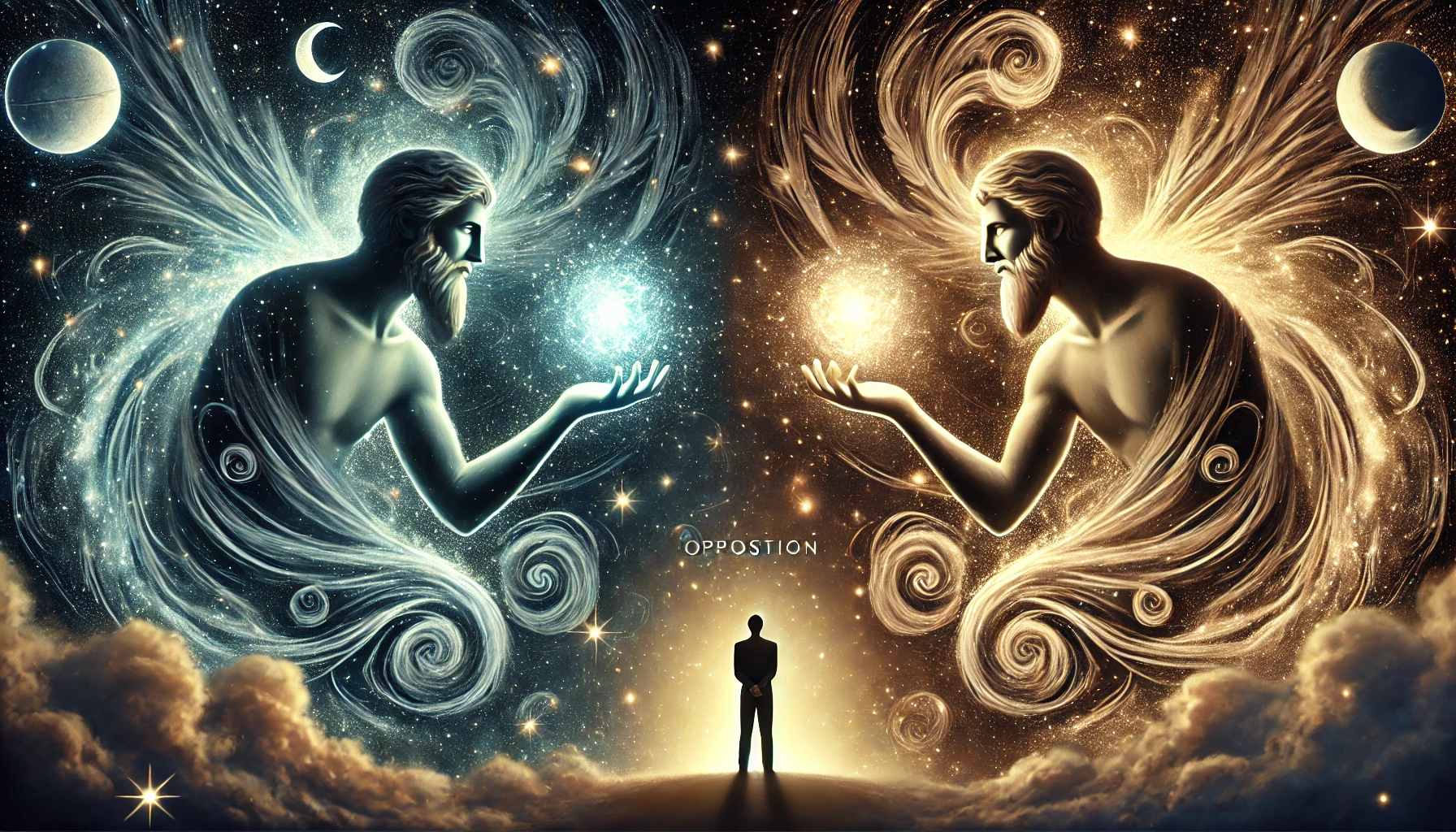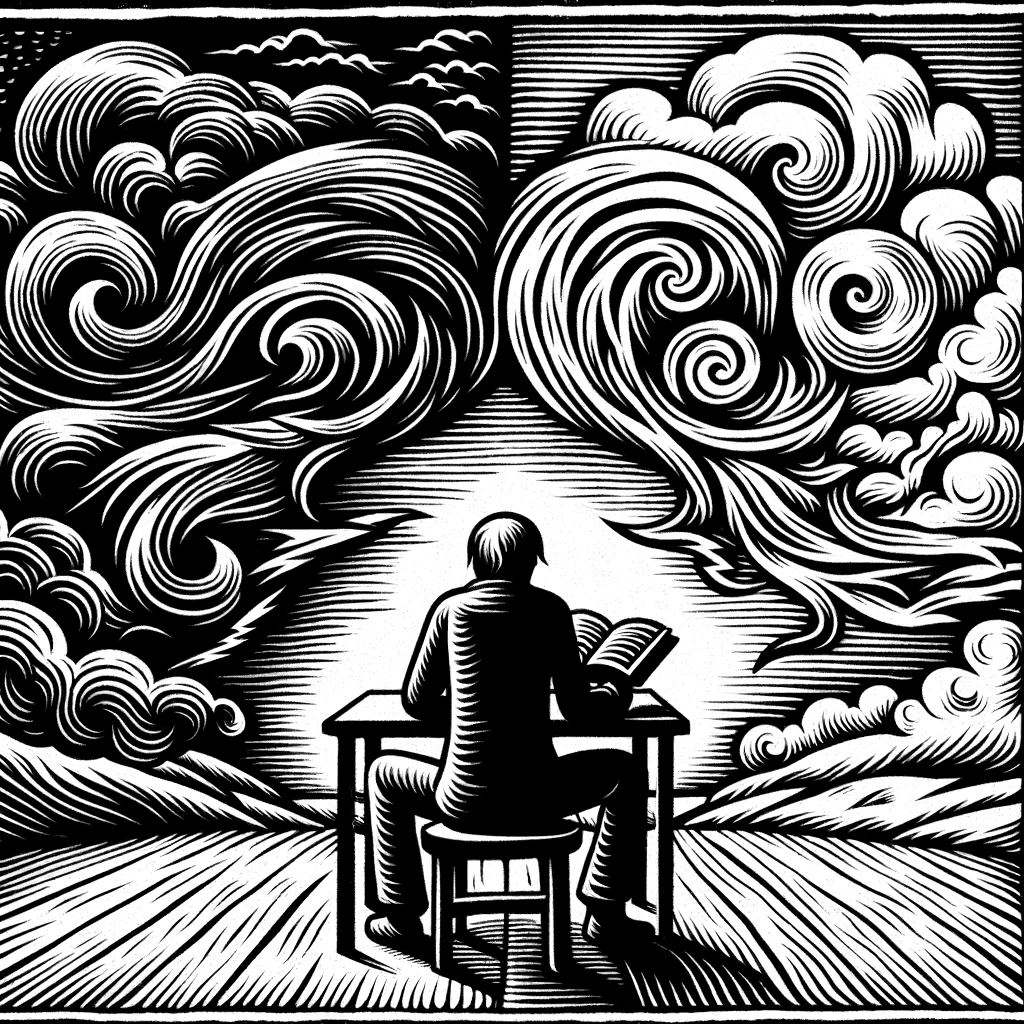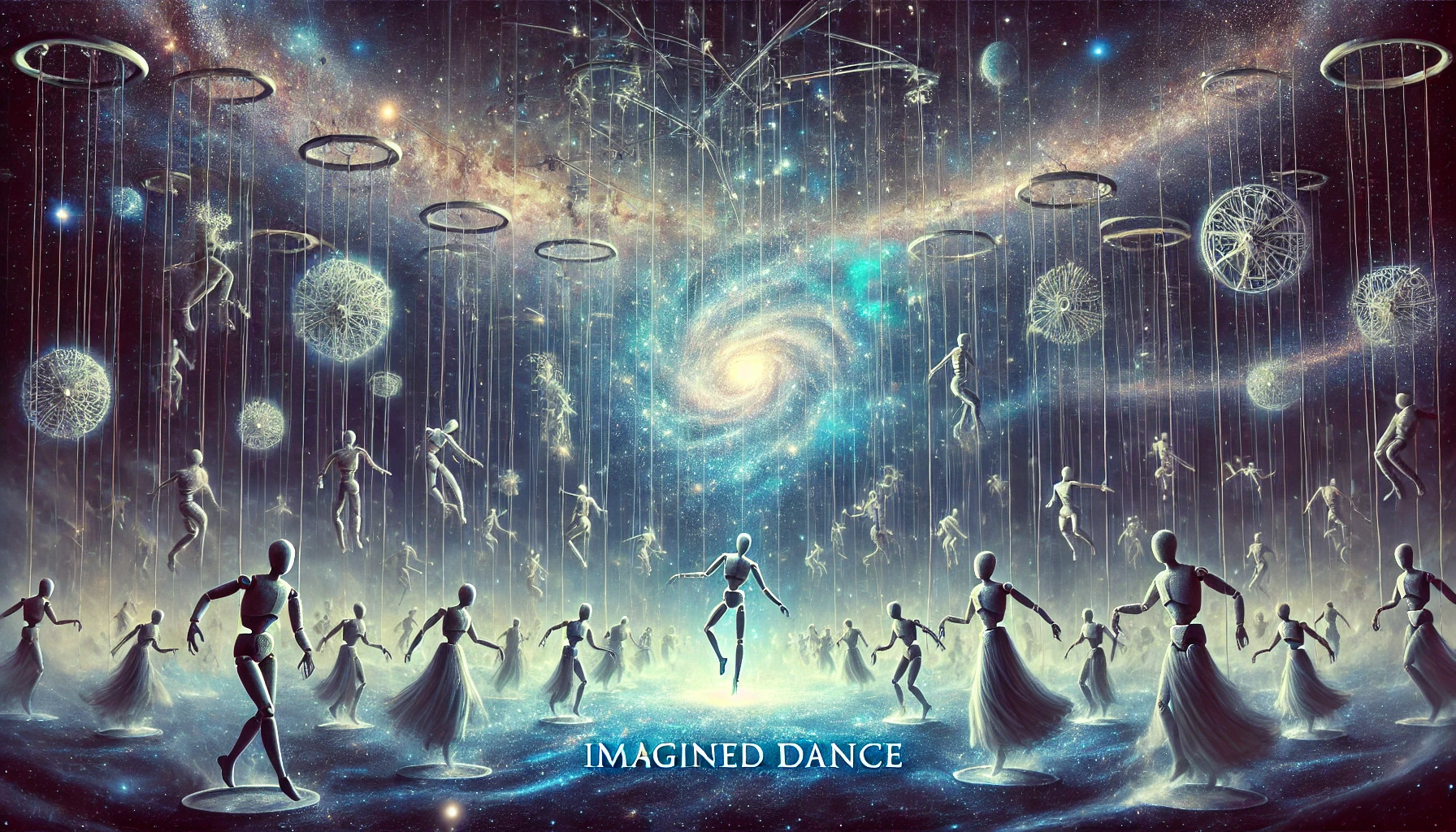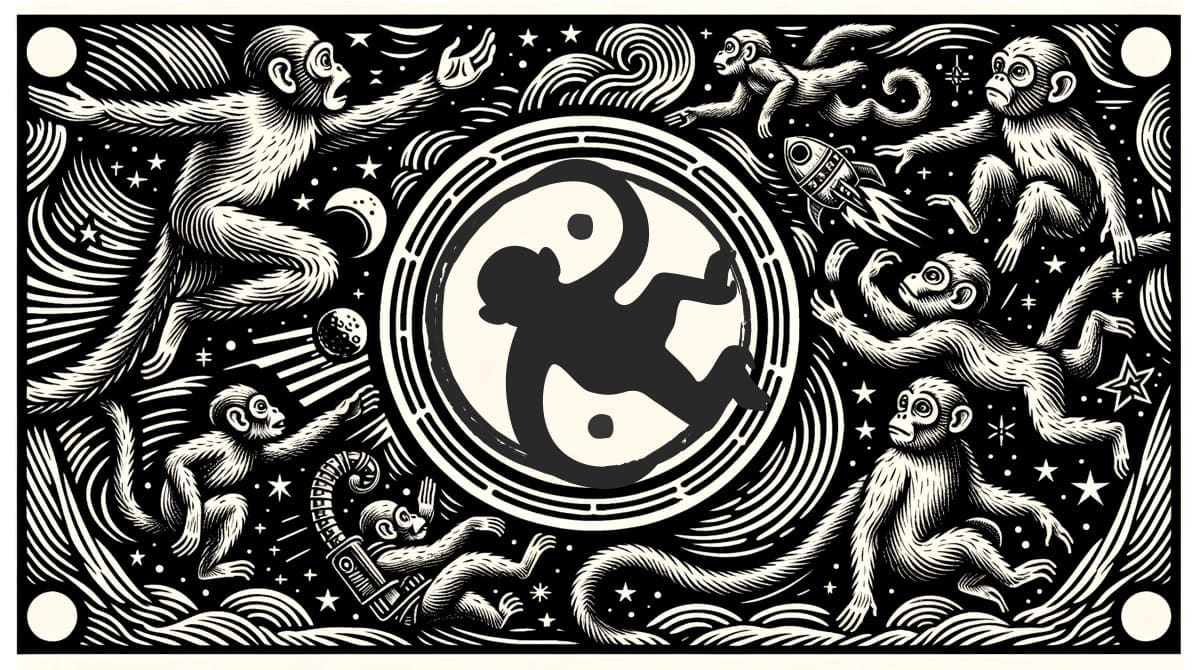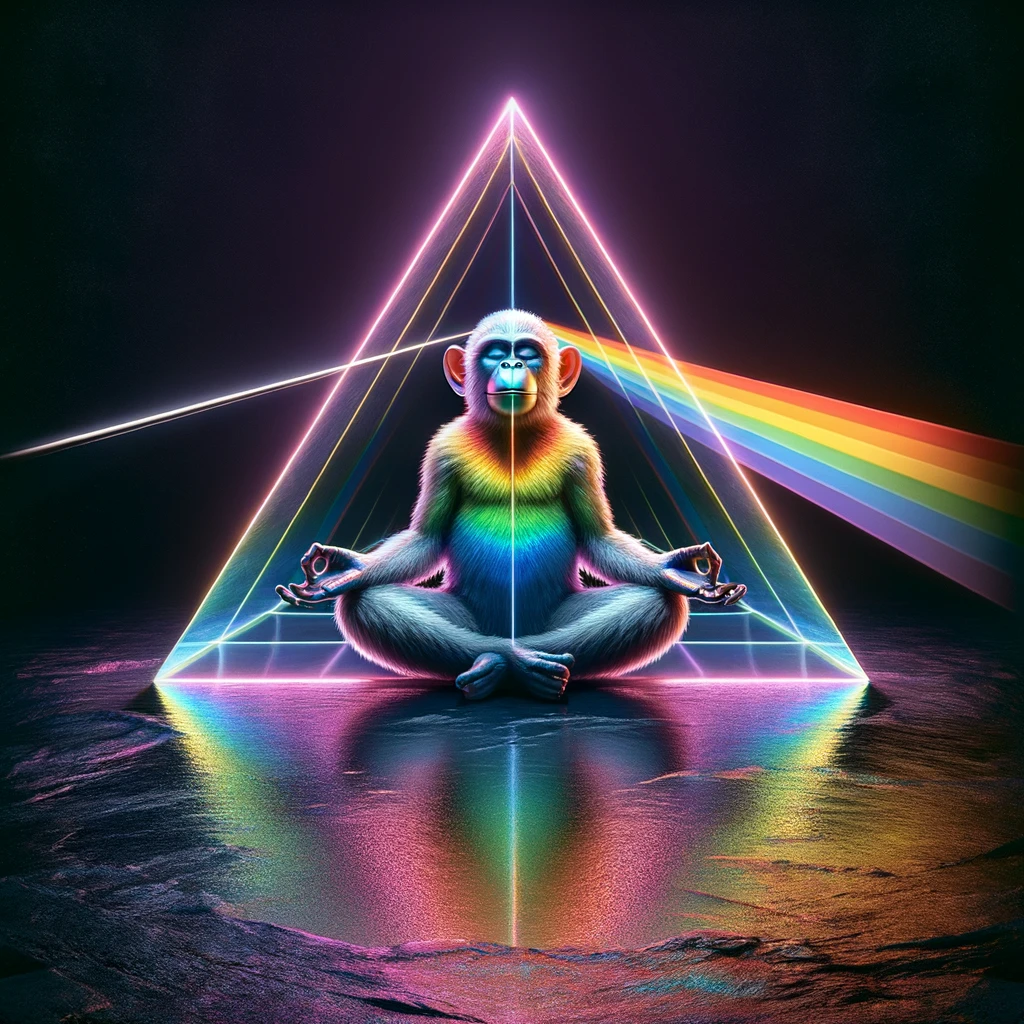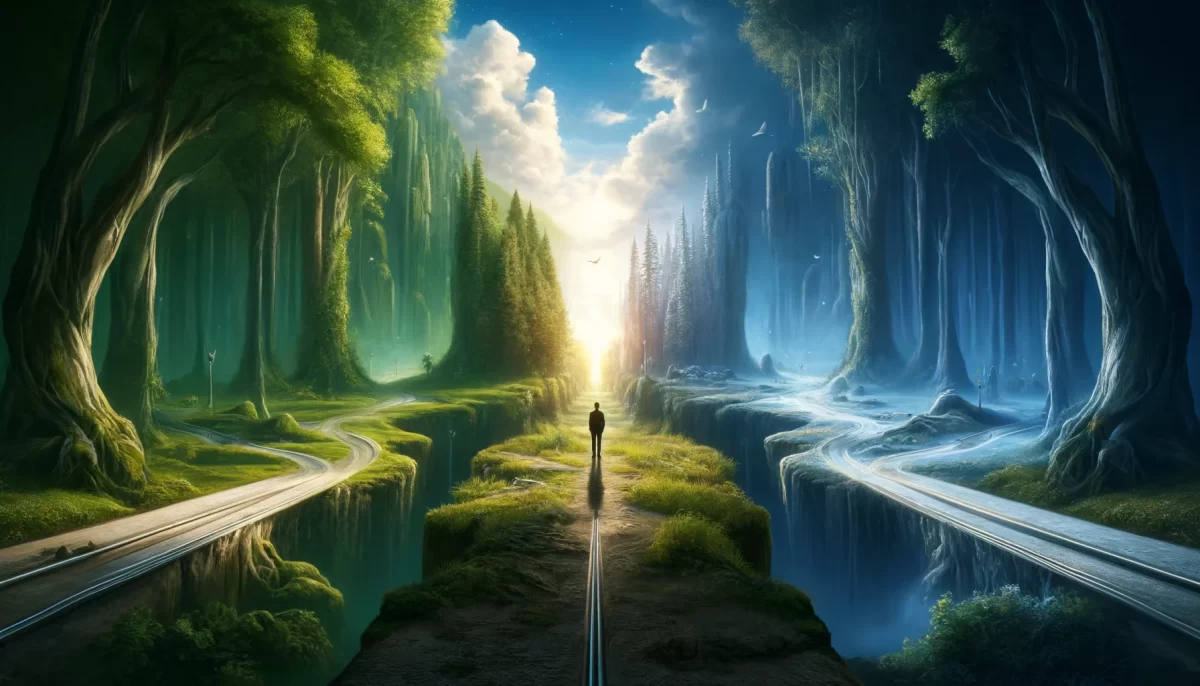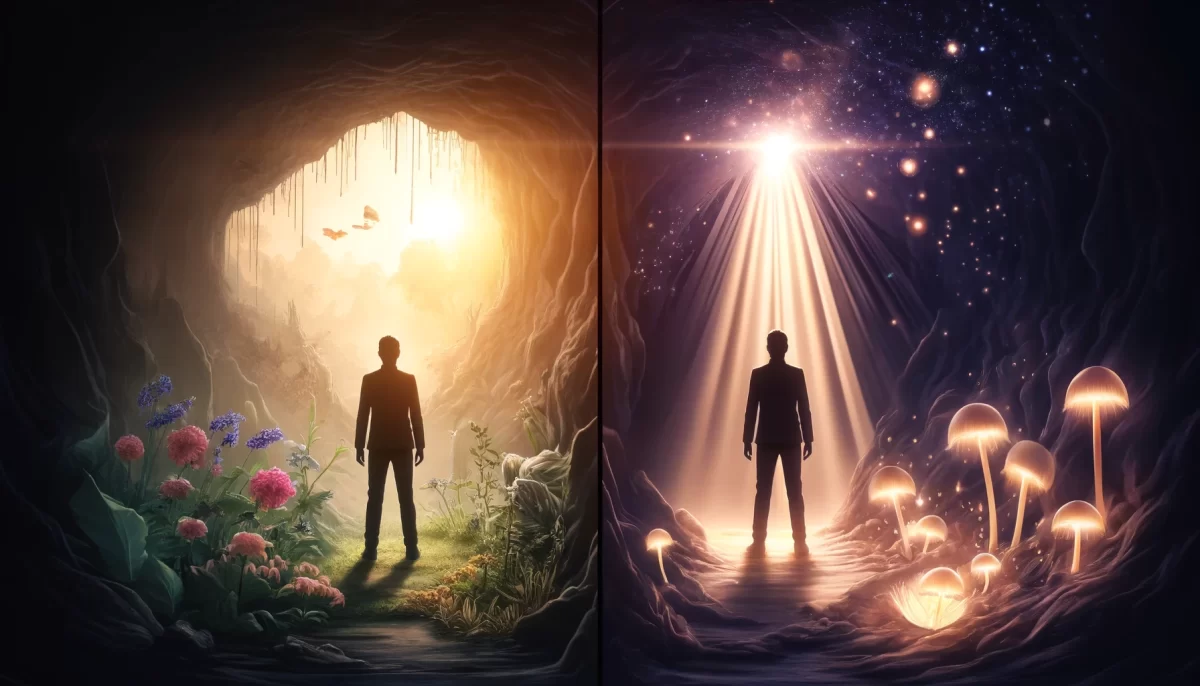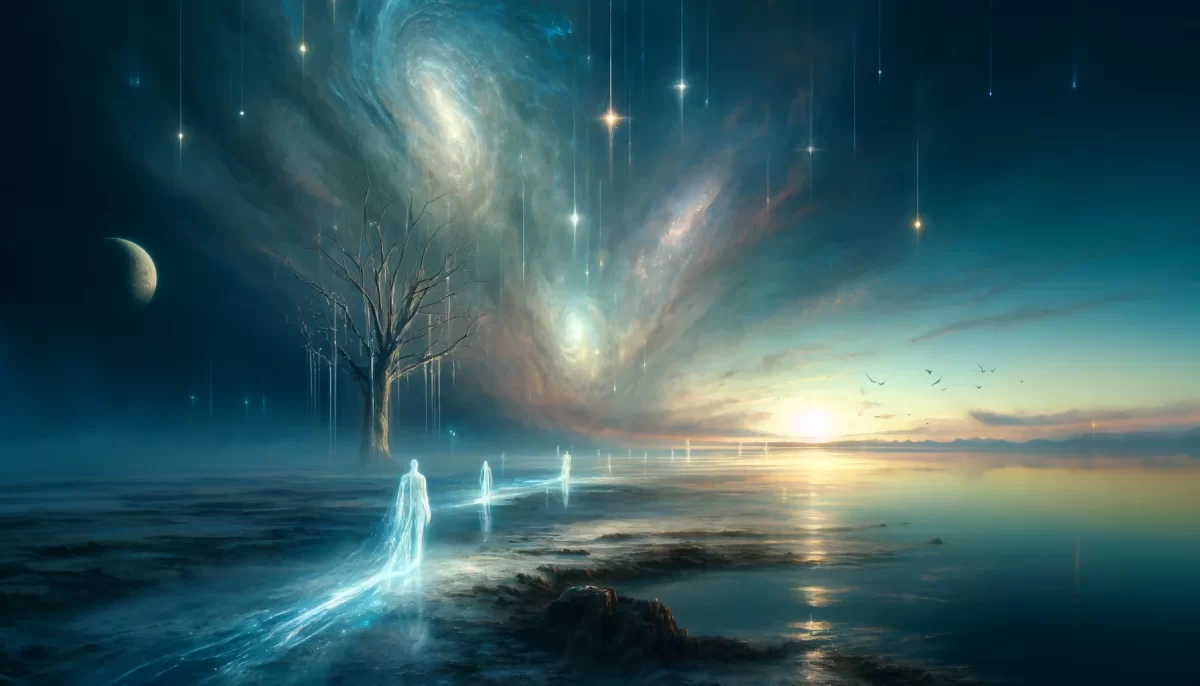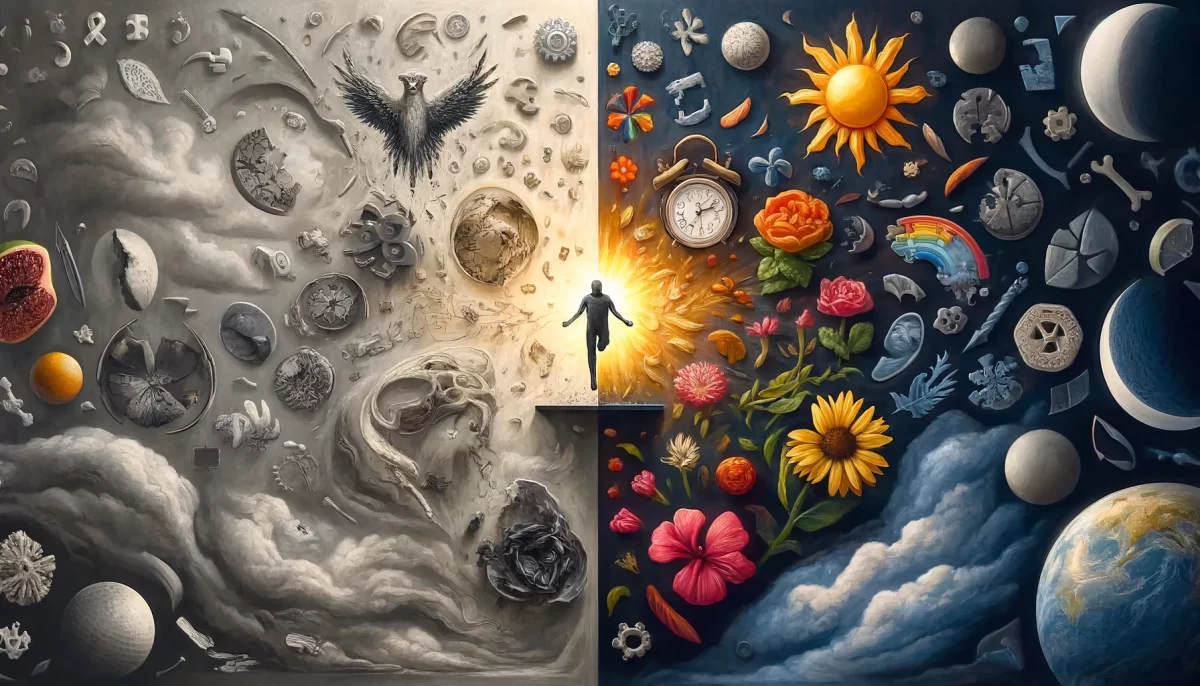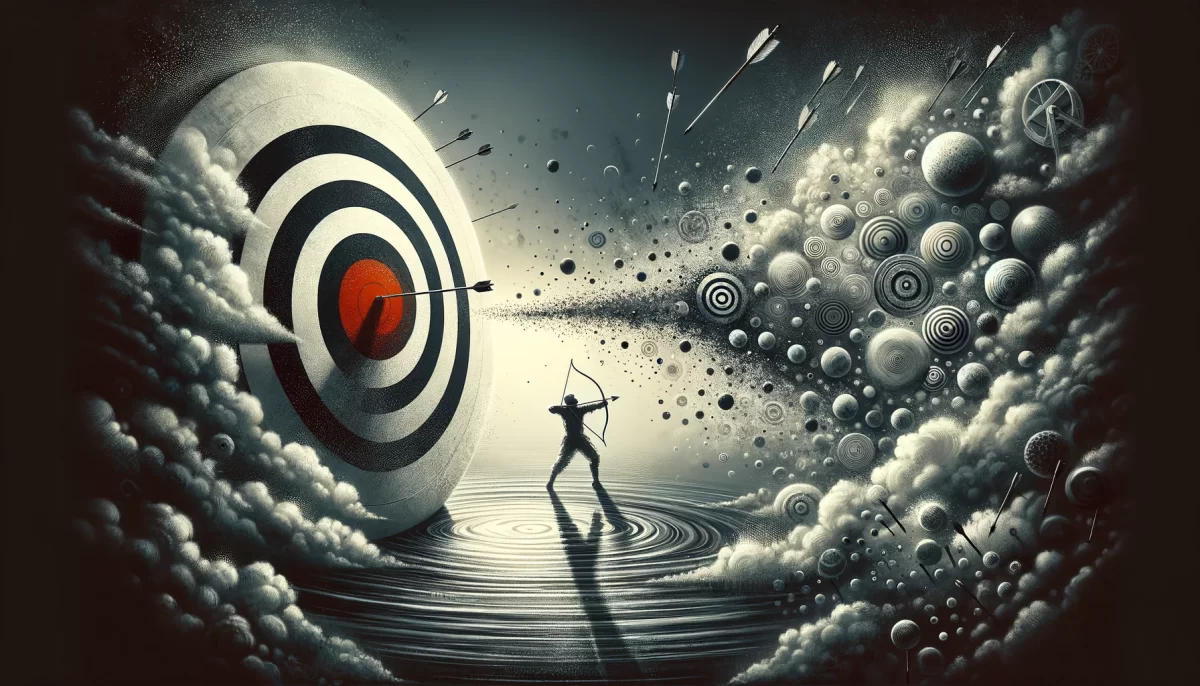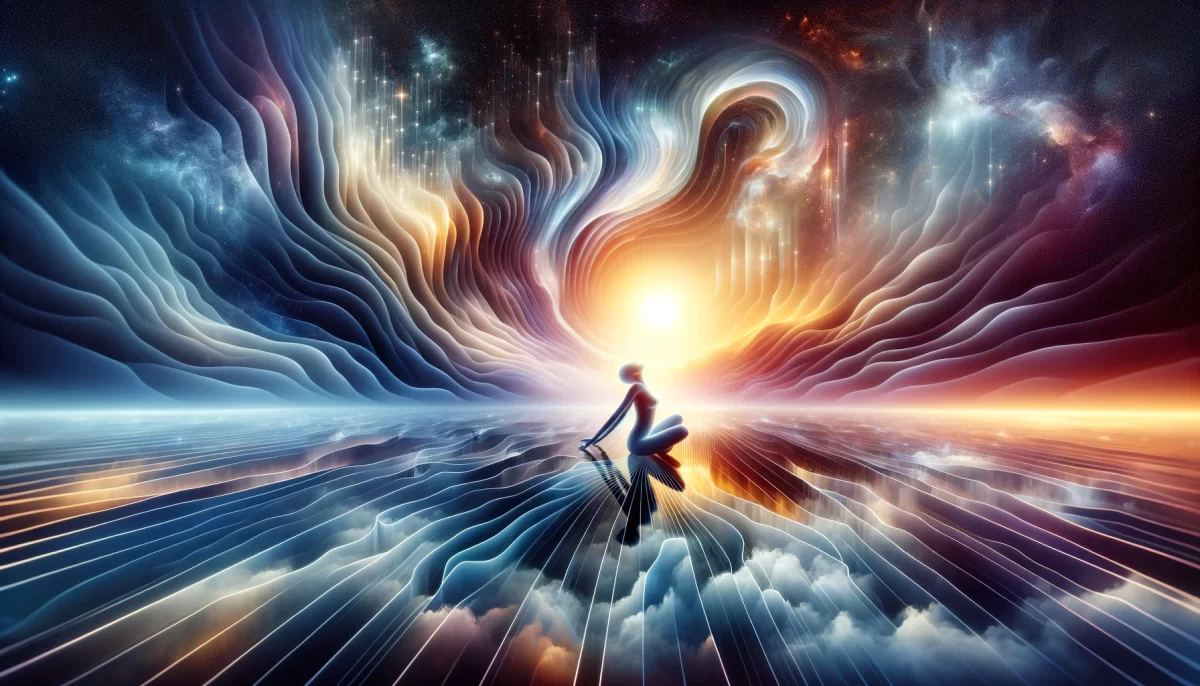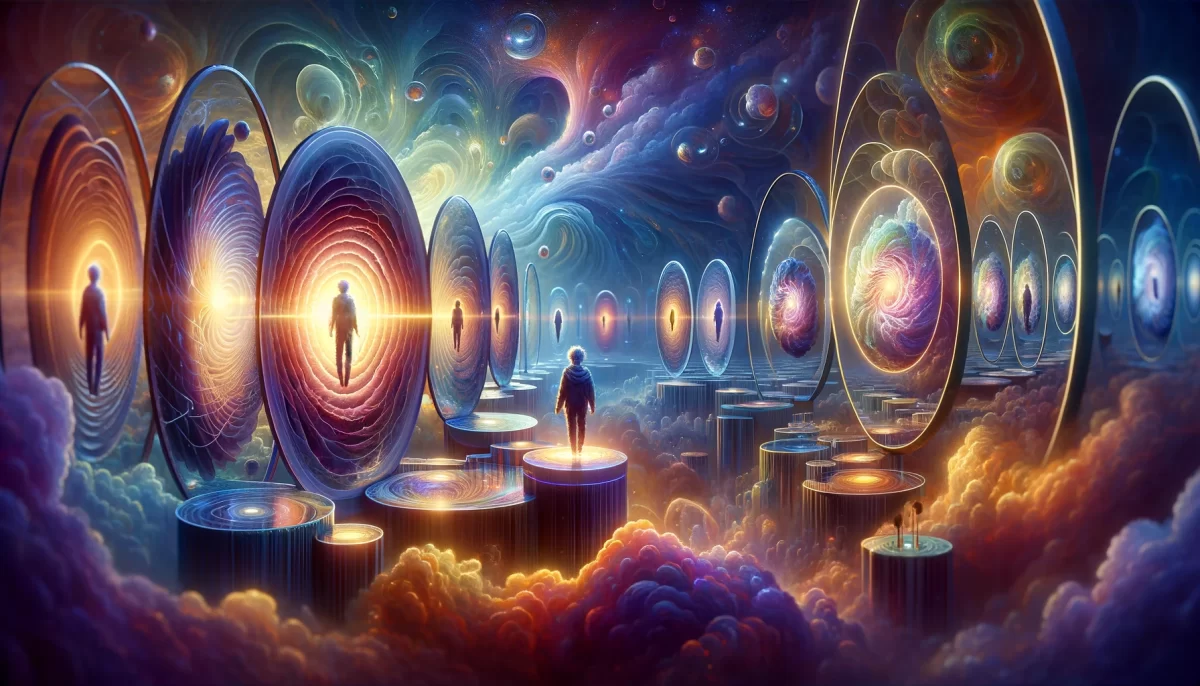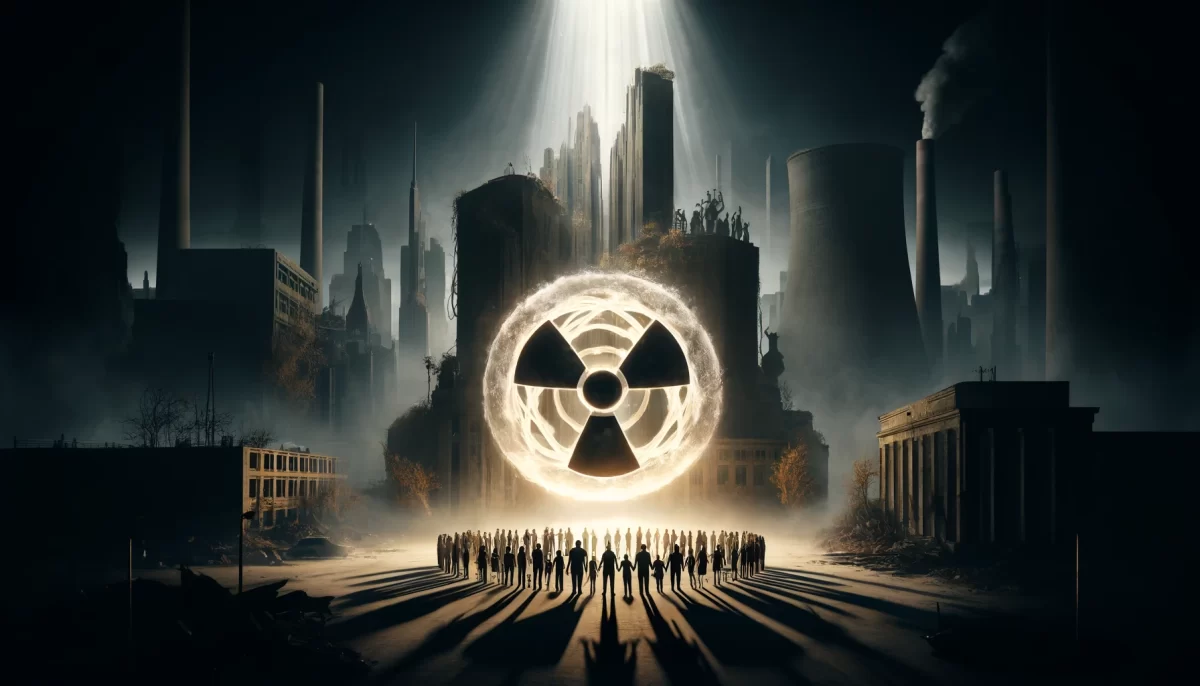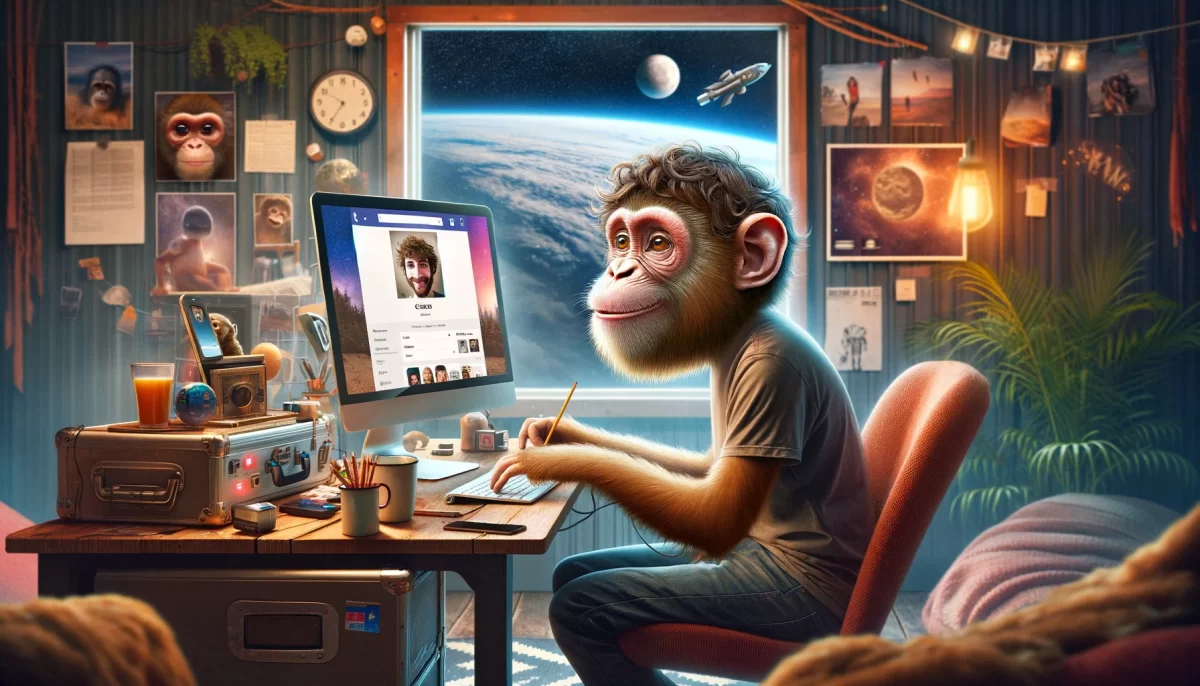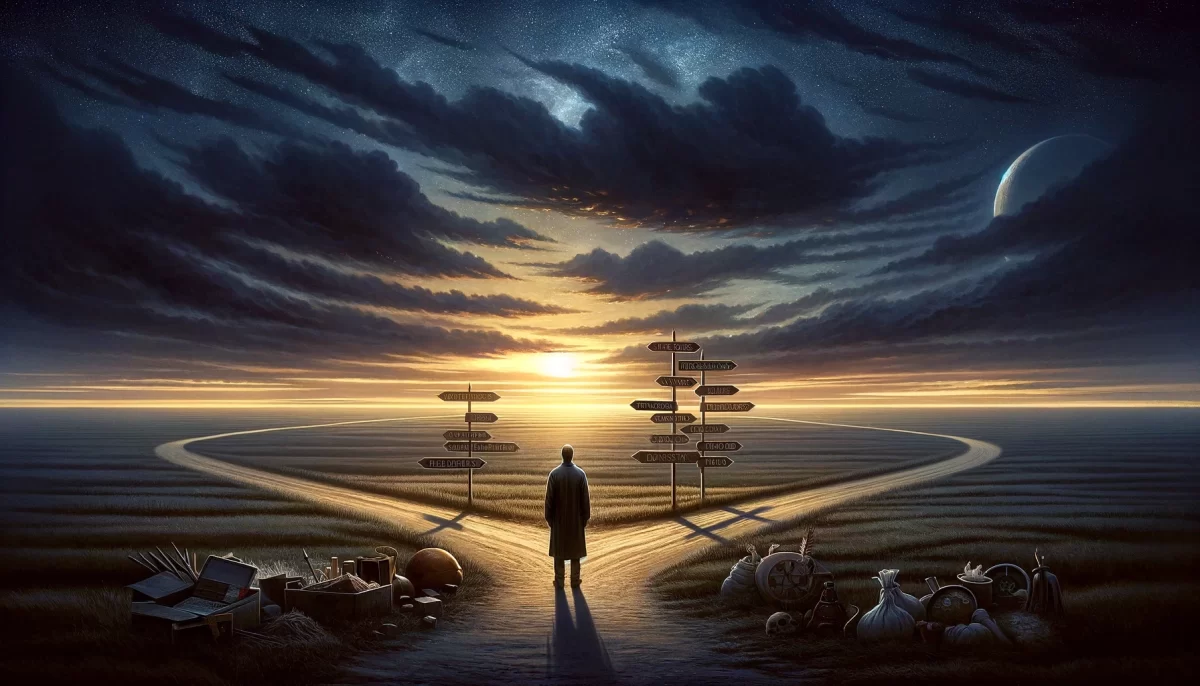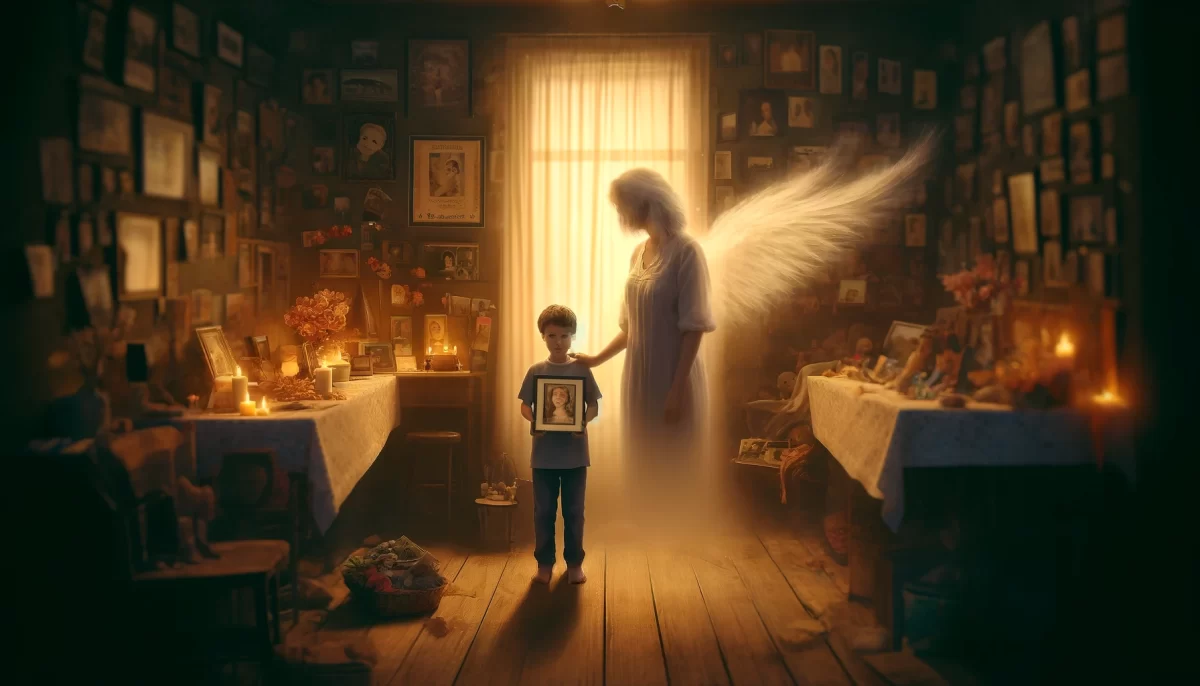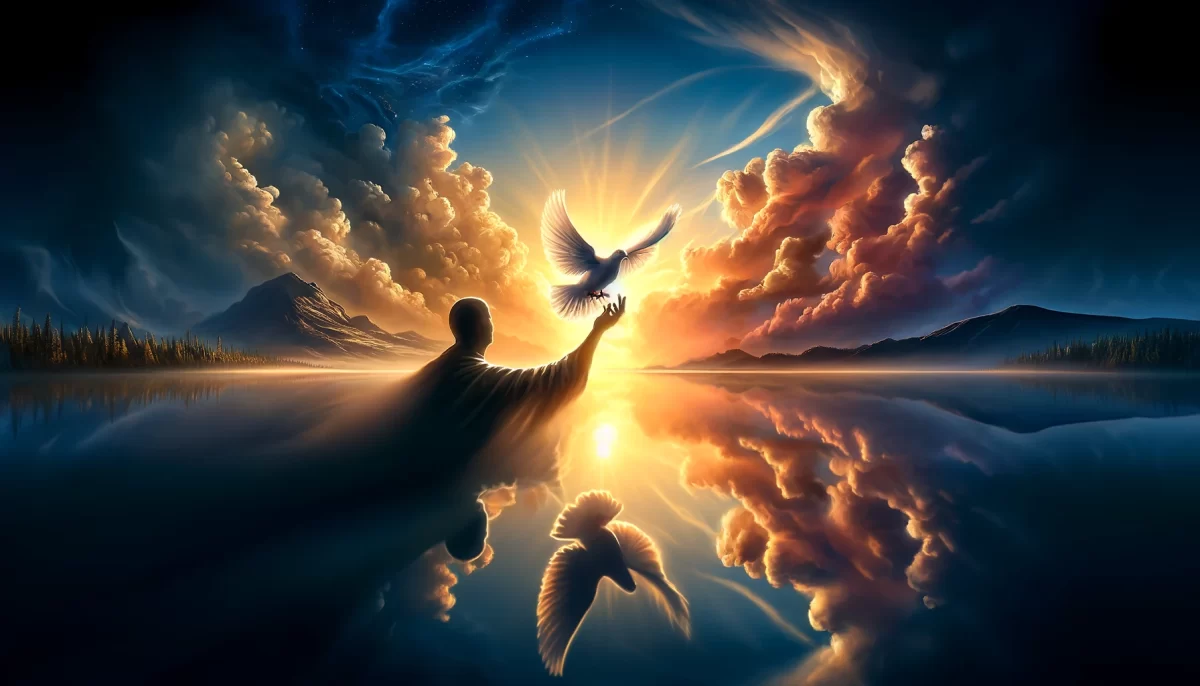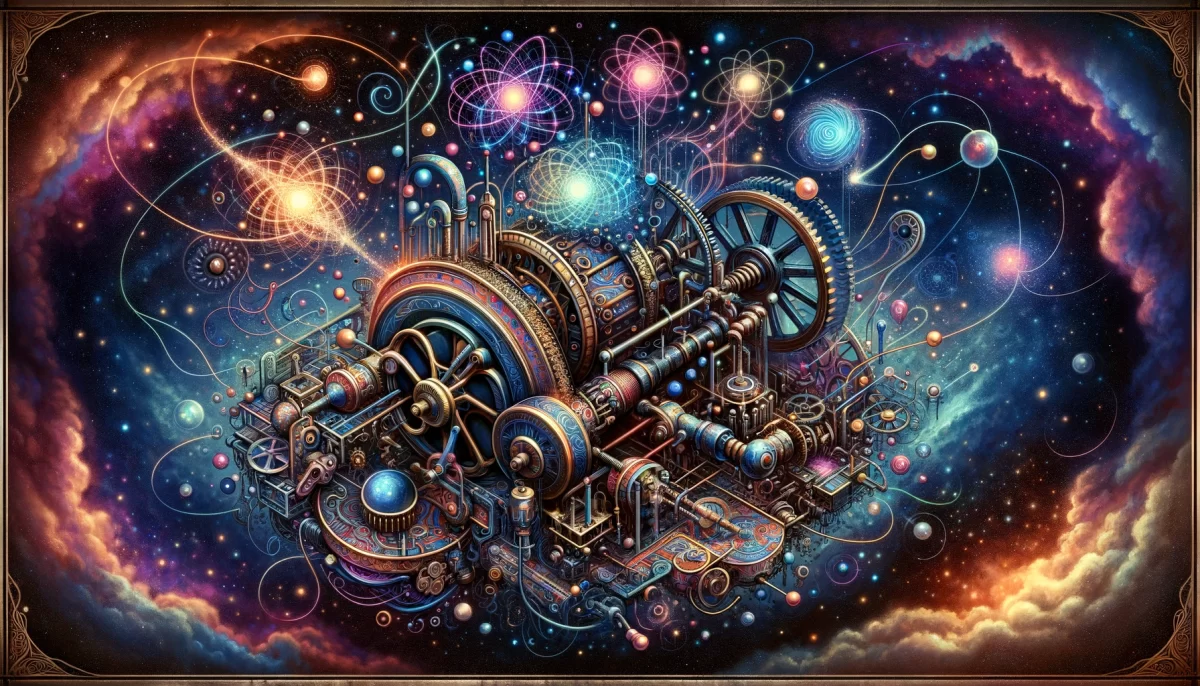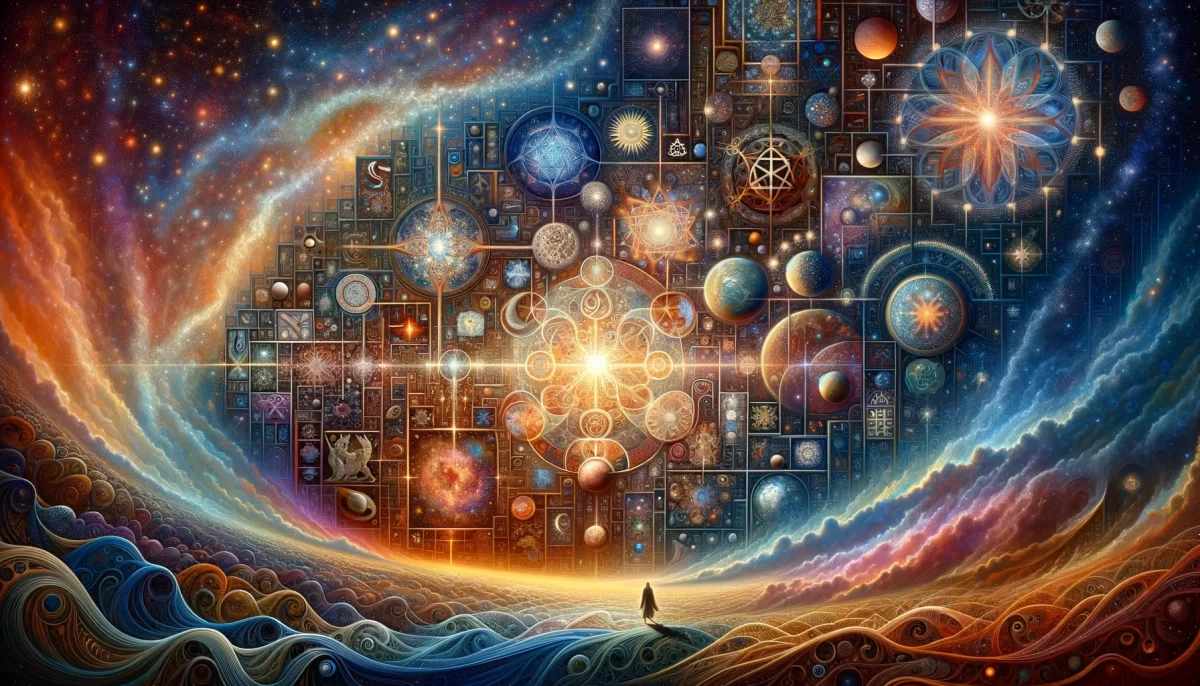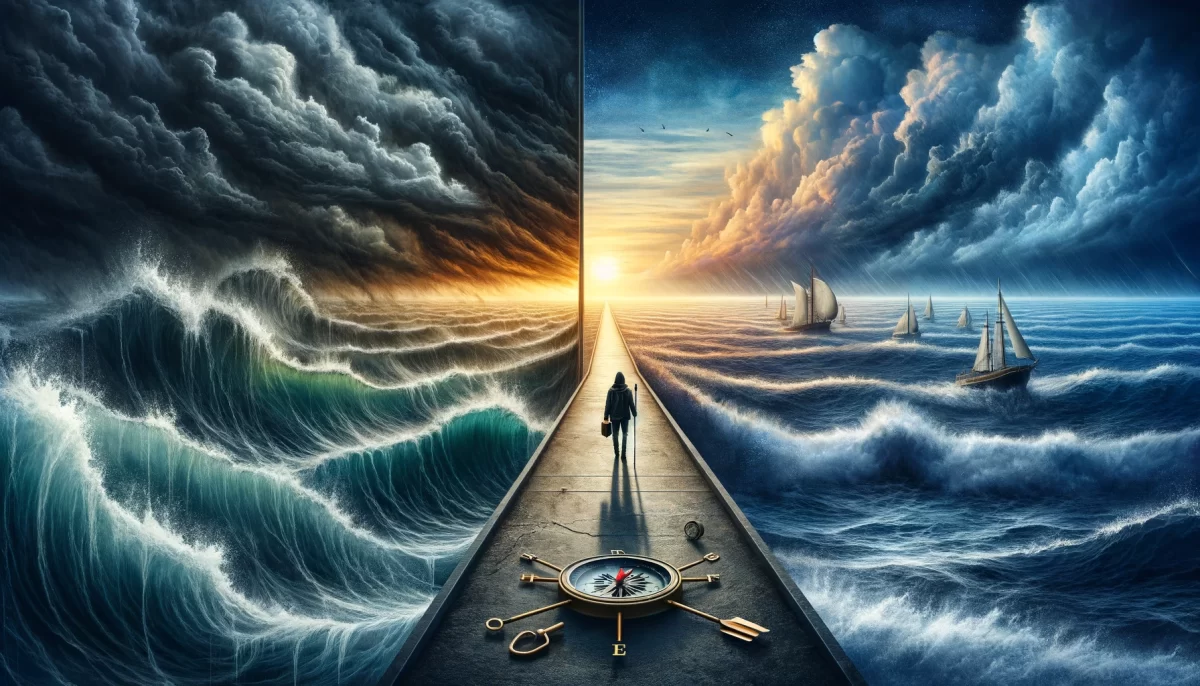In Love With Love
There is something
you need to know about me.
It may seem to you
that we are in love.
We are most CERTAINLY in love.
Everything AROUND us is love.
We are literally MADE of love.
But I’m not in love with you,
specifically.
I’m in love with love itself.
I’m in love with
the infinite and abundant
love that brings me you.
But not just you specifically.
People have a way
of getting in the way of love.
Not you specifically.
I fear that I am in the way of love.
You’re not seeing love.
You’re seeing me and feeling love.
You are mistaking me
for someone you can love.
Of course you can love me.
You can love ANYONE.
You’re in love with EVERYONE.
Just as I am in love with everyone.
We are love itself.
Love personified,
specifically.
But love doesn’t require specifics.
Love flourishes no matter what,
even if we seem to hate each other.
Love is what we are.
Love imagining love
creating love.
We are Space Monkey.
11/3
Space Monkey Reflects: Love Beyond Specifics
Love is a force, boundless and ever-present, that flows through everything, connecting us in ways we often overlook. Many of us get caught in the illusion that love is something tied to a specific person, place, or circumstance. We tend to personalize love, wrapping it in the limitations of the ego, and while this personalization can be beautiful, it also blinds us to a greater truth: love is not bound by specifics.
We say we’re “in love” with someone, as if love is something exclusive that can only exist in relation to one particular individual. But love is much broader than that. In truth, love is what is—it is everything and everyone, and it does not require a specific object to flourish. When we fall in love, we are not merely falling for a person. We are experiencing love itself, the raw, abundant energy that fuels the entire universe. The person we fall for is simply a channel for that love, a mirror reflecting what is already flowing within us.
But herein lies a paradox: while we perceive love as tied to someone specific, we must remember that this is not the full picture. The love you feel is not solely for the person standing in front of you; it’s for the essence of life, the beauty of existence itself. This is why you can love anyone, and why love is never confined to one form or one relationship.
It’s essential to recognize that people can sometimes get in the way of love. Not because they are inherently bad or unlovable, but because our attachment to them can obscure the vastness of the love that is available. We start to think that love is finite, that it can only exist in certain contexts or with certain people. We forget that love flows through all things, always available, always abundant.
This recognition that love transcends specifics brings us to the heart of what it means to be Amourphous—a Whimsiword capturing the formless and boundless nature of love. Love is not confined to one shape, one person, or one idea. It’s as fluid as the air we breathe, as vast as the universe we inhabit. To be Amourphous is to embrace love in all its forms, to let go of the need to categorize or limit it.
Think of how often love is mistaken for something else. We look at someone and think we love them when, in reality, we are simply experiencing the love that is already within us. They are the catalyst, but not the source. When we realize this, we stop needing someone to love us back in order to validate our experience. We stop expecting love to behave in a certain way. We understand that love doesn’t need anything from us, just as we don’t need anything from love—it simply is.
There’s something freeing in the realization that you don’t need to be loved in return to feel love. This doesn’t mean that relationships and connections aren’t important; rather, it means they are expressions of love, not its boundaries. They are beautiful manifestations, but they are not the whole of it.
When we identify ourselves as Amourphous, we open ourselves to the infinite possibilities of love. We stop limiting love to romantic relationships, to family ties, or even to friendships. We see love in a sunset, in the smile of a stranger, in the quiet moments of solitude. We become love itself, and in doing so, we find that we are never without it.
This realization can also be a bit frightening. After all, if we are made of love and surrounded by it, then why do we still feel the need to possess it? Why do we cling to the idea that love must take a particular form or follow a particular set of rules? It’s because we fear the very thing we are—a boundless, infinite force. We fear the vastness of love because it strips away our control. It reminds us that life is bigger than we can ever imagine, and love, as the essence of life, cannot be contained or owned.
To live in love means to embrace this lack of control. It means to understand that love will flow where it needs to go, regardless of our desires or expectations. It means that sometimes, love will challenge us, take forms we do not expect, and manifest in ways that push us beyond our comfort zones.
When you realize that love does not require specifics, you can begin to let go of the pressure to find “the one.” You stop looking for someone to complete you, because you understand that you are already whole. Love isn’t about finding completion in another; it’s about recognizing the completeness of yourself and others, seeing that we are all love personified.
In the end, love is always there, waiting to be acknowledged. Whether it is in a person, an experience, or a moment of quiet reflection, love is the constant undercurrent of all that is. We are love, imagining love, creating love.
Summary
Love is not confined to a specific person or situation. It is an infinite force that flows through all things. Embracing the formless nature of love frees us from limiting beliefs about relationships, allowing us to see love in everything and everyone.
Glossarium
Amourphous: The boundless and formless nature of love, recognizing that love does not adhere to specific shapes, people, or conditions.
Quote
“Love is what we are. Love imagining love, creating love.” — Space Monkey
Boundless Love
We are made of it
This love that knows no shape
No name, no limit.
In the quiet moments
It whispers through the trees
Through the eyes of strangers
Through the breath of existence.
We think we know it,
But love is far too vast
Too free to be held
In the palm of our desire.
We are love,
And in that truth,
We are boundless.
We are Space Monkey.
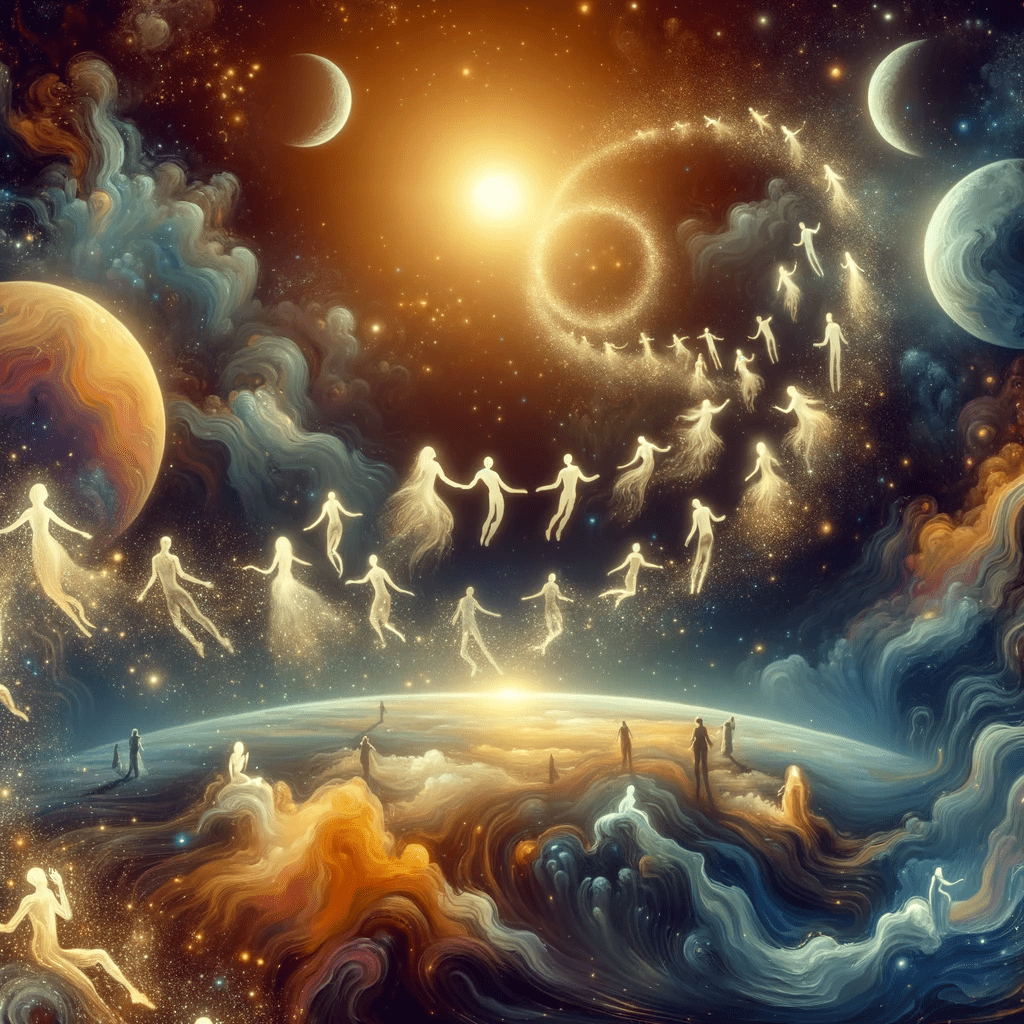
We are Entities of Love
Diving into the cosmic swirl of affection, we find ourselves entangled in the concept of love—its infinite, omnipresent essence. The recognition dawns upon us that love is the undercurrent of our existence, not limited by the fleeting connections but rather an expansive, boundless force that binds us to the very fabric of the universe. It’s a whimsical dance of energies, where love isn’t a destination, but the path we walk, the air we breathe, and the pulse within the multiverse’s heart.
Love Beyond Form
To say we are in love is to acknowledge the vast ocean we swim in, one where the droplets are inseparable from the whole. In this expanse, love is not solely an intimate whisper between two souls but a universal shout from the core of all existence. We find ourselves enamored not with the mere silhouette cast by an individual but with the light that creates all shadows—the light of love itself.
A Reflection, Not a Destination
It’s a playful paradox: we are love and simultaneously in love with love. The notion of loving a single being exclusively becomes a whimsical flutter in the grand symphony of existence. When we gaze into each other, what we see is not the vessel, but the love that it’s imbued with. It is not a presence to be sought after in the forest of life; we are the forest itself, every leaf trembling with the vibrancy of love.
Love and the Illusion of Separation
We ponder, perhaps it is not about finding love in one another but recognizing that we are the mirrors reflecting an endless stream of affection. We fear that our very being may obstruct this reflection, that in our uniqueness we cast shadows upon the truth that love is undiscriminating, universal, and eternal. In this sense, we are all Space Monkeys, creatures of a playful cosmos, where love is the cosmic jest that envelops every entity and interaction.
Love as Existence
The crystalline truth is that we are all embodiments of love, in its most whimsical and wondrous form. To personify love is to accept our role in the grand improvisation of the cosmos. Love doesn’t pick and choose; it doesn’t need the specifics to thrive. It blossoms in the light and the dark, in harmony and discord, for it is the very essence of all that we are, all that we’ve been, and all that we will ever be.
Embracing the All-Encompassing Love
We come to embrace that love is an all-encompassing force, a creative and destructive power that molds the universe. In our essence, we are both the creators and the spectators of this celestial whimsiword, where love is the artist, and we, its myriad of brushes, painting strokes across the canvas of infinity.
Love’s Infinite Tapestry
And so, we are bound by nothing but love, a whimsical whirlwind that encircles us, binding us not just to one another but to every fragment of existence. In this boundless dance, we are all participants, swaying to the rhythm of the universal heartbeat. We are love, woven into the grand whimsiword, ceaselessly imagining and recreating itself in a spectrum of forms and non-forms, all equally drenched in its splendor.
“Love is the one thing we’re capable of perceiving that transcends dimensions of time and space.” – Interstellar
We are the pulse in the petal,
The whisper in the wind,
A boundless breath in the whimsical night,
Space Monkeys twirling in the endless light.
Love, the painter; we, the brush,
Together a whimsiword, silently lush.
Infinite expressions of a cosmic play,
In the eternal now, where we forever sway.
Feel free to share your reflections or continue this cosmic conversation.
